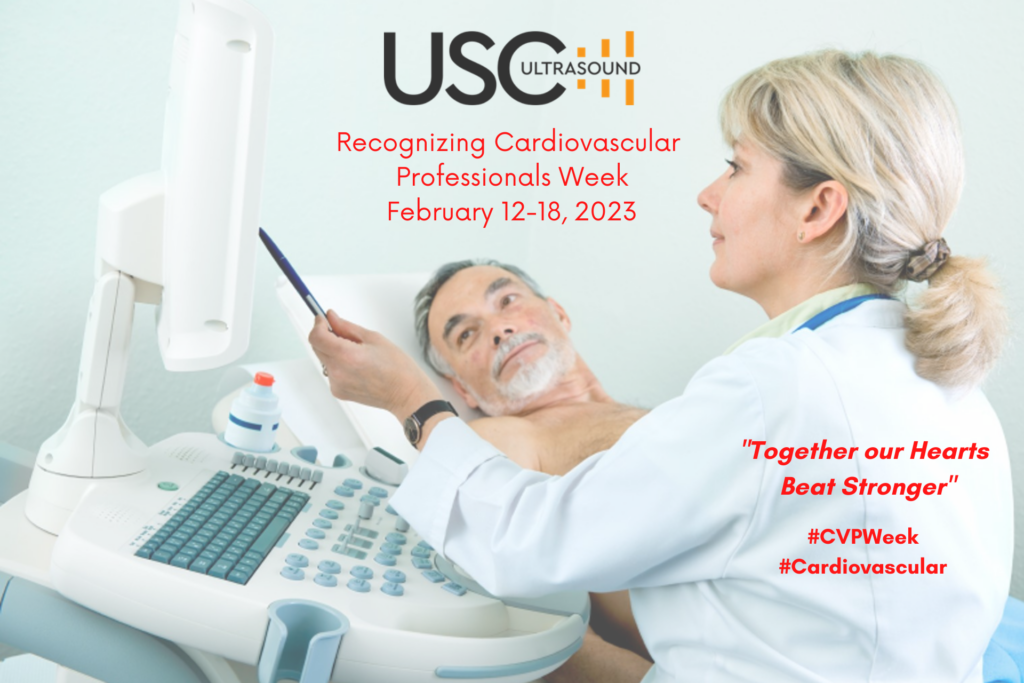
Cardiovascular Professionals Week takes place from February 13-19. Hosted by the Association of Cardiovascular Professionals (ACVP), it marks an opportunity to recognize the dedication, professionalism, and impact of those who deliver emergent and routine cardiovascular care to some of the most vulnerable and intensive populations in the healthcare system.
As we recognize the men and women who work within the Cardiovascular community, this is an opportunity for us to highlight the role that ultrasound plays in this most important diagnostic health segment. When it comes to cardiovascular health early detection is the go-to strategy to prevent a significant cardiac incident or death and ultrasound is the leading modality to identify those abnormalities in the heart.
An American College of cardiology article published in 2020 noted a rise in cardiovascular disease. With one-third of global deaths in 2019 attributed to cardiovascular disease, it is critical to find preventative solutions to reduce these alarming numbers. Ultrasound technology can give cardiologists a good insight into the health of a patient’s veins and arteries by using ultrasound waves to produce images of blood flow and pressure. Best of all, it can do so painlessly, non-invasively, and without the use of radiation. If the cardiologist suspects a potential problem involving the patient’s heart or any part of the vascular system, they may wish to perform one of the following ultrasound tests:
Echocardiogram (Echo)
Echocardiograms, often called echos, are used to provide a visualization of the heart in order to locate abnormalities in structure or function. Patient’s that are suffering from chest pain, pressure or an abnormal heart rhythm, may undergo an echocardiogram in an attempt to uncover an explanation. An echo may be performed to check for any of the following:
- Heart wall thickness and movement
- Size of the heart’s four chambers
- Performance of an artificial heart valve
- Congenital heart defects
- Cardiomyopathy
- Blood clots and tumors
Carotid Arteries, Ultrasound imaging
Ultrasound imaging of the Carotid arteries are used to check for blockages of blood flow to the brain. These blockages are typically caused due to plaque build-up over time within the arteries, causing a gradual narrowing of the artery. This narrowing can eventually lead to a complete blockage and stroke. A cardiologist may request this test if they suspect potential blockage due to any of the following factors:
- Previous mini-stroke or transient ischemic attack (TIA)
- High cholesterol or blood pressure
- Diabetes
- Family history of heart disease or stroke
- Coronary artery disease
Abdominal Aorta, Ultrasound Imaging
The aorta is the main artery through which blood is delivered from the heart to all other parts of the body. Think of it as the main highway for blood movement throughout the body with smaller arteries branching off. If a cardiologist suspects a problem such as the potential risk for an abdominal aortic aneurysm, he or she may request an abdominal aorta ultrasound. Typically, the risk factors for the condition include the following:
- Being a smoker
- Over the age of 65
- High blood pressure
- Obesity
- Family history of the condition
- Previous related health concerns such as other artery aneurysm or thickening of the artery walls
The above diagnostic tests are crucial to helping identify and address potential problems before they have the opportunity to strike. USC is proud to provide a variety of ultrasound equipment and software to support cardiologists with their diagnostic imaging needs.








